Policies and Regulations
Hemp was mandatory to grow during the colonial era. In 1619, King James I decreed that the American colonists of Jamestown would need to step up efforts to do their fair share towards supporting England. The Virginia Company enacted the decree, asking Jamestown's landowners to grow and export 100 hemp plants to help support England's cause. Later the colonists would grow it to support its expansion in the Americas. Cannabis cultivation played a central role in the establishment of the United States. George Washington grew hemp at Mount Vernon as one of his three primary crops. The use of hemp for rope and fabric later became ubiquitous throughout the 18th and 19th centuries in the United States. Medicinal preparations of cannabis became available in American pharmacies in the 1850s following an introduction to its use in Western medicine by William O'Shaughnessy a decade earlier in 1839.
During colonization, hemp was one of the most critical crops, earning the nickname "green gold." Its versatility and economic importance made it a cornerstone of the colonial economy, shaping industries from shipbuilding to textiles. By exploring hemp's historical role, we gain insight into its profound impact on the early colonies and its path to independence.
Historical Context: Hemp’s Arrival in the Colonies
Hemp's story in America began with European settlers who brought seeds and knowledge of its cultivation. Before the colonies, hemp had been cultivated for centuries in regions like China, Africa, India, and Europe, valued for its strength and diverse applications. English monarchs, such as King Henry VIII and Queen Elizabeth I, required farmers to grow hemp for the navy, highlighting its importance in maritime trade.
This priority continued in the colonies, where hemp farming was encouraged and even mandated. In 1619, the Virginia Assembly passed a law requiring every landowner to grow hemp. These policies reflected hemp’s strategic importance to the British Empire. Hemp provided materials for ropes, sails, and other naval equipment, crucial for maintaining control over the seas and expanding colonial trade.
Hemp’s Versatility: A Multi-Industry Asset
Hemp’s value came from its adaptability. Its fibers were long, strong, and resistant to decay, making them ideal for producing durable goods. The following are just a few of the industries that thrived on hemp:
A] Maritime Industry: The shipbuilding industry heavily relied on hemp. Ropes and sails made from hemp fibers were essential for colonial ships, ensuring they were sturdy enough for long voyages across the Atlantic. The British Navy, one of the most powerful forces of its time, would only have dominated the seas with hemp.
B] Textiles: Hemp was also a staple in textiles. Its fibers produced tough fabrics for clothing, sacks, and household linens. These textiles were more durable than cotton, making them ideal for colonial life.
C] Paper Production: Hemp was a critical material for making paper. Early American newspapers, books, and even some founding documents, like drafts of the Declaration of Independence, were written on hemp paper.
D] Food and Medicine: Hemp seeds were a valuable food source, rich in nutrients and oil. Colonists also used hemp oil for lamps and salves, showcasing its medicinal and practical applications.
E] Legal Tender: Hemp's importance extended into finance, where it was often used to pay taxes or debts. This unique role underscores how deeply integrated hemp was into the colonial economy.
Hemp in Revolutionary Politics: A Strategic Resource for Independence
As tensions grew between the American colonies and Britain, hemp became even more critical. The colonies depended on hemp for their navy and military supplies, making it a strategic resource during the Revolutionary War.
A] Sustaining the Navy:The Continental Navy, tasked with defending colonial interests, relied on hemp ropes and sails. Without hemp, the fledgling American navy would have struggled to operate.
B] Trade and Diplomacy: Hemp played a key role in trade agreements with foreign allies. Countries like France, which supported the colonies against Britain, valued the export of hemp and other agricultural products as part of their trade agreements with America.
C] Self-Sufficiency: The revolution spurred a push for self-sufficiency in materials like hemp. Colonists recognized that independence from Britain required controlling their supply chains. Hemp, being locally grown and versatile, symbolized the colonies’ ability to sustain themselves economically.
D] Symbol of Resistance: Beyond its practical uses, hemp symbolized colonial resilience and ingenuity. Farmers' efforts to grow hemp under increasingly difficult conditions reflected their struggle for freedom and self-determination.
Hemp's Economic Impact on Colonial Trade
Hemp wasn’t just a crop; it was the lifeblood of the colonial economy. Its cultivation supported local industries, and its export strengthened ties with Europe and the Caribbean. Hemp’s role in trade contributed to the colonies’ prosperity and growing economic independence.
| Year | Hemp Exports (in tons) | Value of Exports (in USD) |
|---|---|---|
| 1750 | 2,500 | $50,000 |
| 1775 | 5,000 | $100,000 |
| 1800 | 7,500 | $150,000 |

(A lively colonial port with ships loading hemp, traders bargaining, bustling markets, and green hemp fields in the background reflects 18th-century commerce.)
"Hemp was the lifeblood of the colonial economy, fueling our trade and prosperity."
Hemp's role in the colonial economy was immense. As a highly demanded commodity, hemp exports were vital for economic growth and international trade in the American colonies.

"Hemp was a versatile and essential crop that underpinned the colonial economy, serving as both a legal tender and a form of currency."
Hemp’s Importance During Colonial Times
Hemp was very important to the economy in colonial America. Between the 1600s and 1776, farmers grew a lot of hemp because it was so useful. It was used to make ropes, sails, and fabrics, which were needed for ships and other industries. Colonial governments even mandated hemp cultivation in some regions to meet growing demand.
Frequently Asked Questions
1. What was the role of hemp cultivation in colonial America?
Answer:
Hemp was an essential crop in colonial America. It was used to make ropes, sails, and clothing needed for building ships and daily life. Some colonial governments even required farmers to grow hemp because it was so valuable for the economy and trade.
2. How did hemp contribute to the colonial trade and economic growth?
Answer:
Hemp was an important crop for the colonies because it was in high demand in Europe, especially for making naval supplies like ropes and sails. Growing and selling hemp helped the colonies make money and trade with other countries, improving their economy.
3. What was the economic significance of hemp as a legal tender and currency in colonial America?
Answer:
In colonial America, hemp was sometimes used as a form of payment, especially in areas where it was grown widely. This shows how vital hemp was as a crop and a way to trade, highlighting its role in supporting the colonial economy.
4. What key industries relied on hemp in colonial America?
Answer:
Hemp was essential for shipbuilding and textiles. The settlers relied on it for these industries. These were key to the colonial economy.

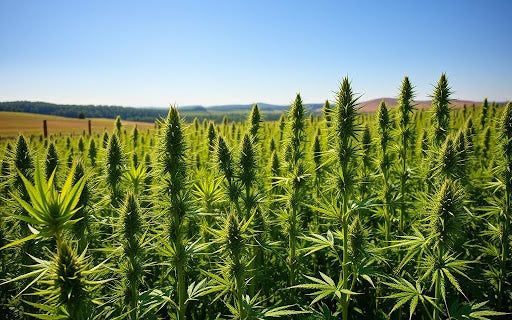
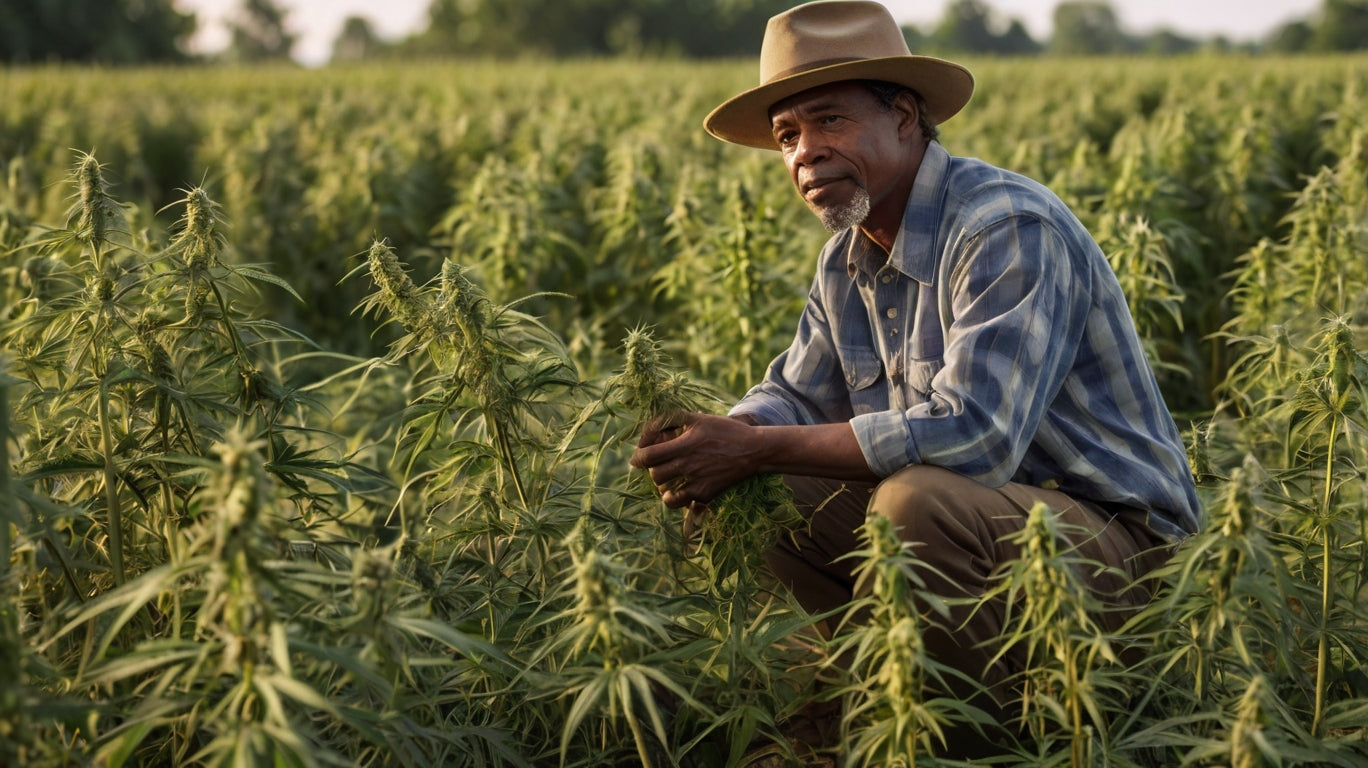

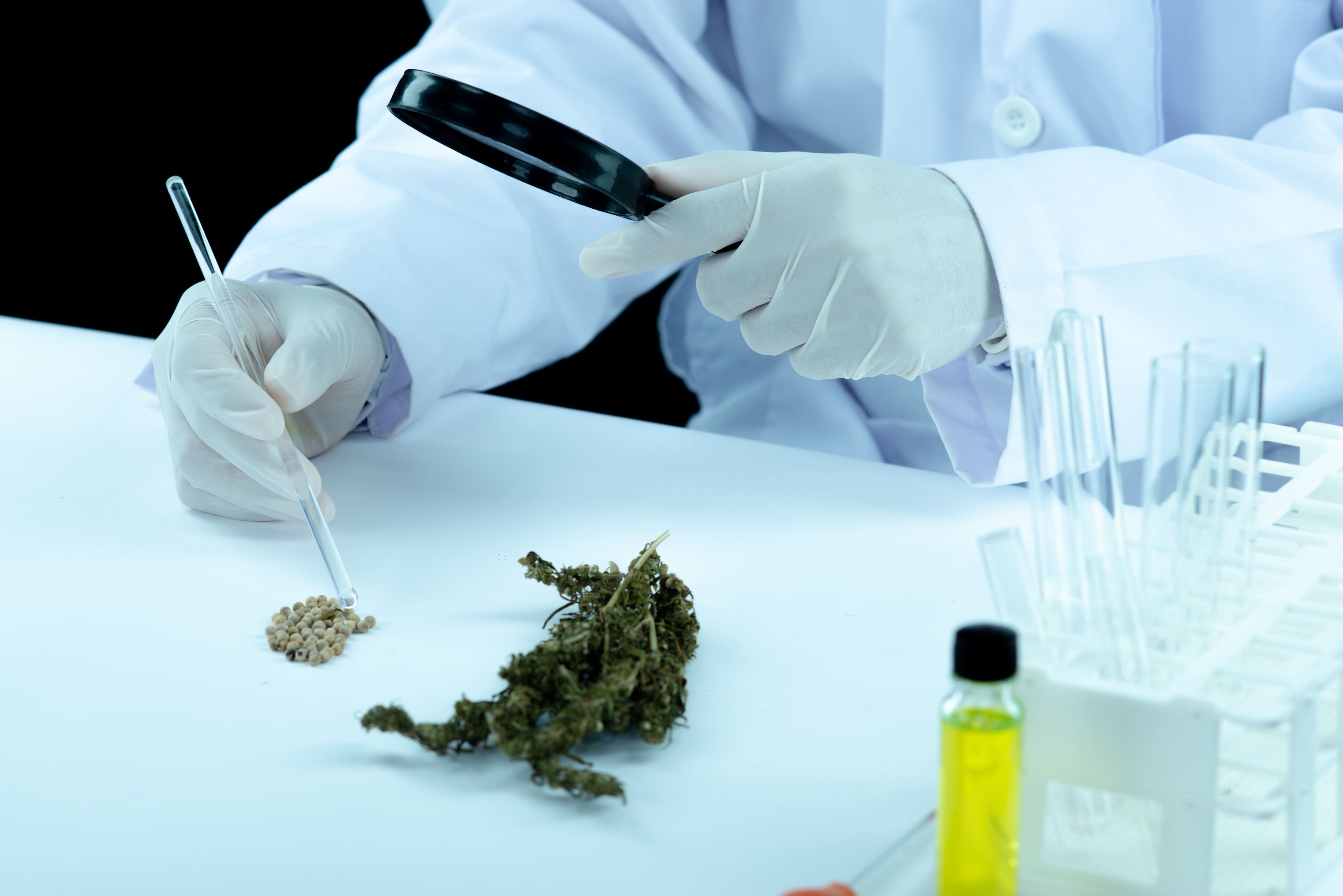
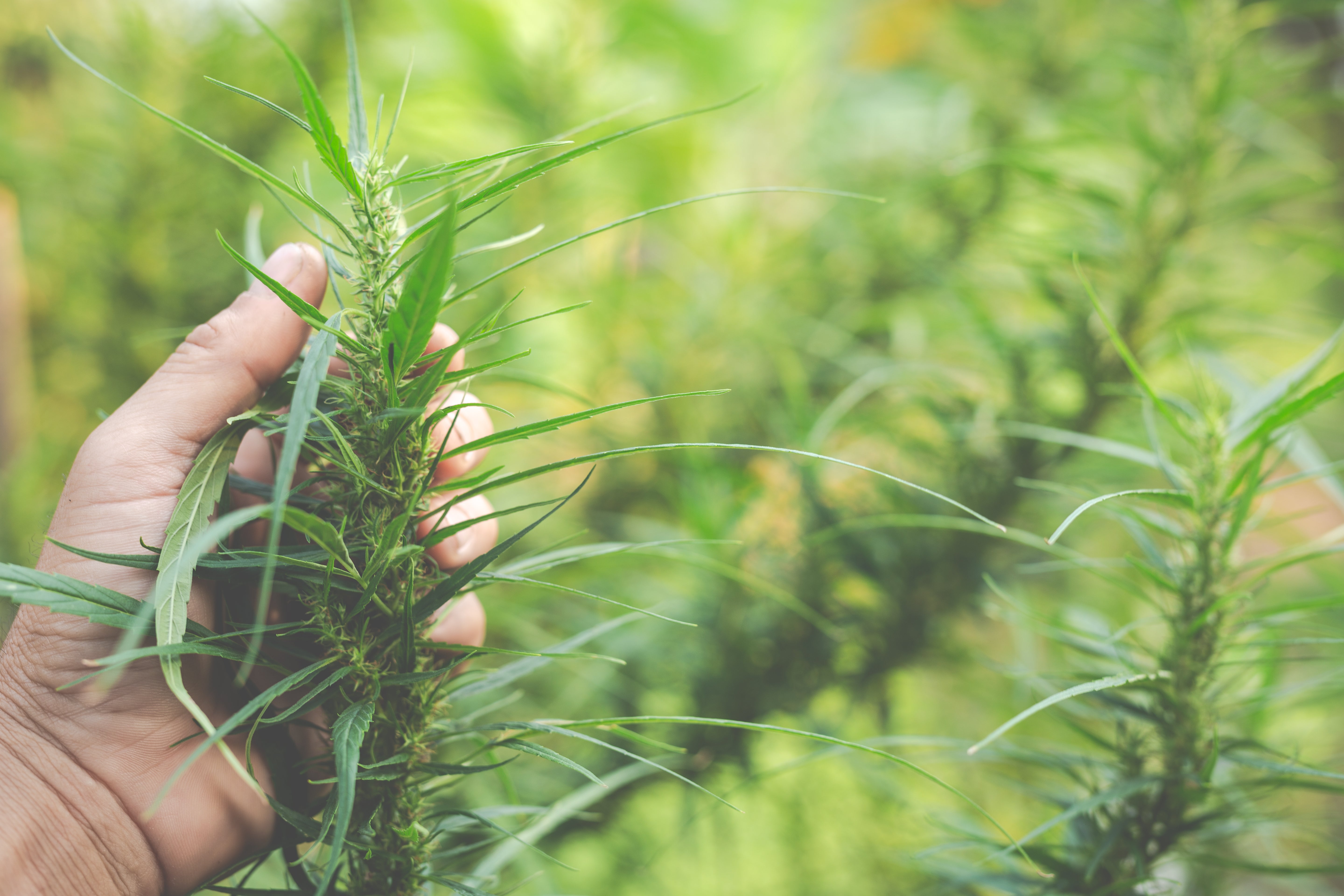
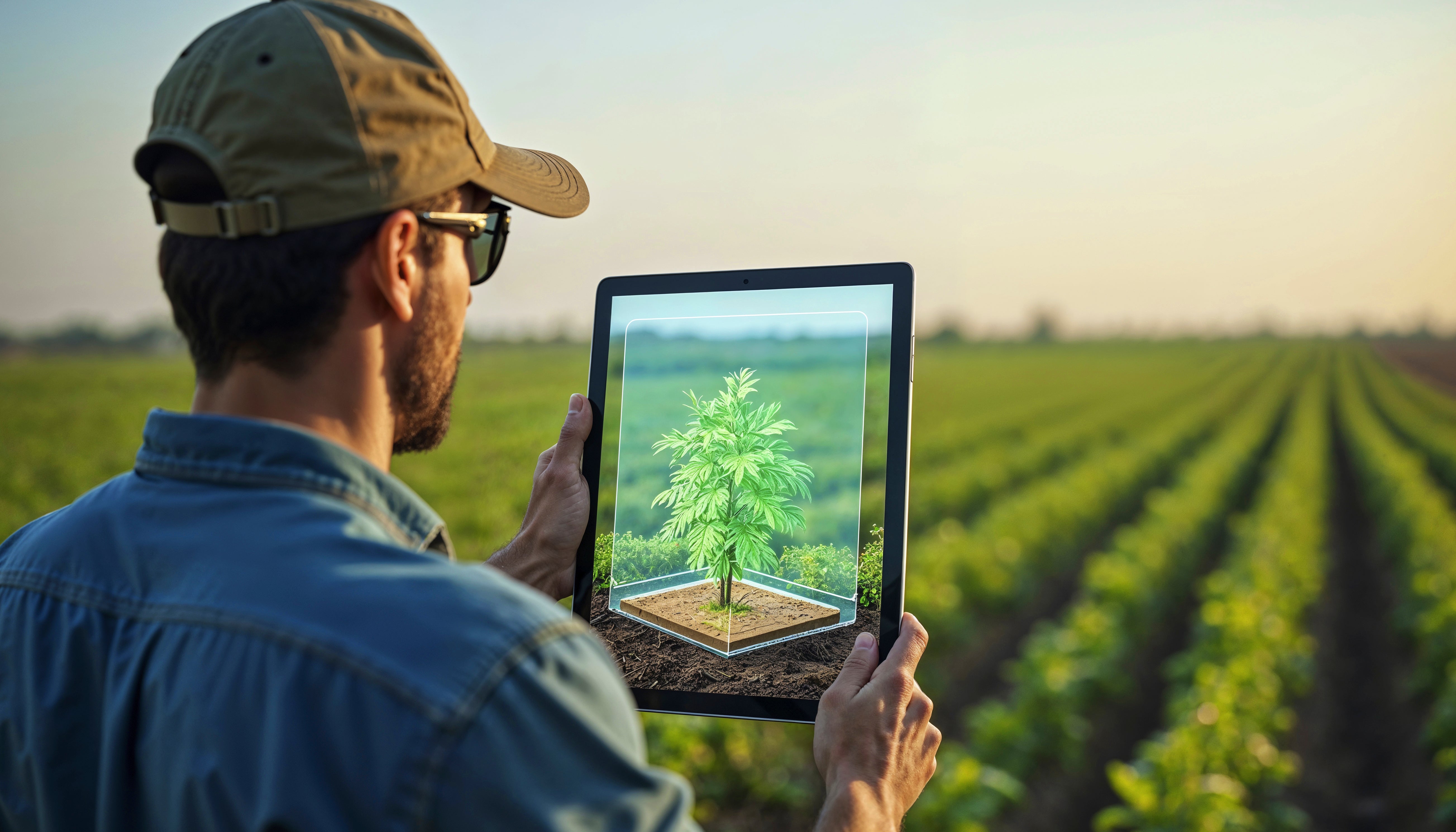
Share:
New Hemp Farming Laws: What You Need to Know
Poll: How Has Industrial Hemp Impacted Your Industry?